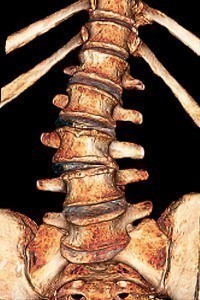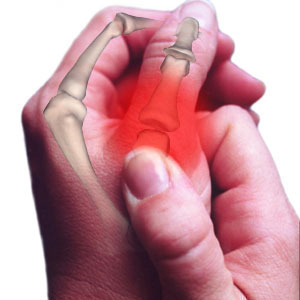Ankle Pain
The ankle is a very important part of the human body connecting the leg with the foot. It is comprised of all-important muscles, tendons, ligaments and bones. However, because of so many undesirable factors, it is subject to injury and chronic pain, which significantly affect the left, right, lower and upper parts of the ankle. Common causes include stress fracture, impingement of the ankle and footballer’s ankle. In order to understand it more, it is good to know its symptoms, treatments as well as causes.
Ankle Pain Symptoms
For people suffering from sinus tarsi syndrome, a sharp pain can be felt at the lateral malleolus. At the same time, it is very difficult to run because there is a stabbing pain in the ankle area. Meanwhile, the opening of the sinus tarsi is marked by tenderness, which is indicative of excessive fluid. Likewise, deltoid ligament sprain is marked by severe pain and tingling sensations.
If there is weakness in the ankle area, the possible cause for the dull feeling and shooting pain can be ankle impingement. Another symptom for this medical condition is severe pain when the foot and toes are pointing in upward directions. Bony spurs at the end of the shinbone and at the heel bone are likely present as well. For those with sprained ankle, it is possible to have swelling on the affected area, which usually lasts around three to four days for mild cases.
Causes of Ankle Pain
There are several possible causes why people feel severe pain on their ankles. Some of the most likely causes are peroneal tendon dislocation, tibialis posterior syndrome and footballer’s ankle. Likewise, similar excruciating pain can be felt because of other medical conditions such as sinus tarsi syndrome, deltoid ligament sprain as well as stress fracture of the medial mealleolus. In most cases, these conditions are accompanied by swelling and inflammation.
Ankle Pain Diagnosis
It is highly important to have the right diagnosis for ankle pain. This can help a lot especially in determining the location of the pain. Likewise, it can also aid in determining the right treatments for various kinds of situations. Of course, these elements are easier to see and understand through diagnostic imaging, which includes methods such as x-rays and magnetic resonance imaging. Like all other pain, patients will be asked about their medical histories, and are more likely to undergo physical examinations.
Ankle Pain Relief
To help soothe the pain, patients can take various kinds of non-steroidal anti-inflammatory medications such as naproxen and ibuprofen. Furthermore, there are other treatment options available such as sports massage, strengthening and rehabilitation.
For more information on Ankle pain read:






